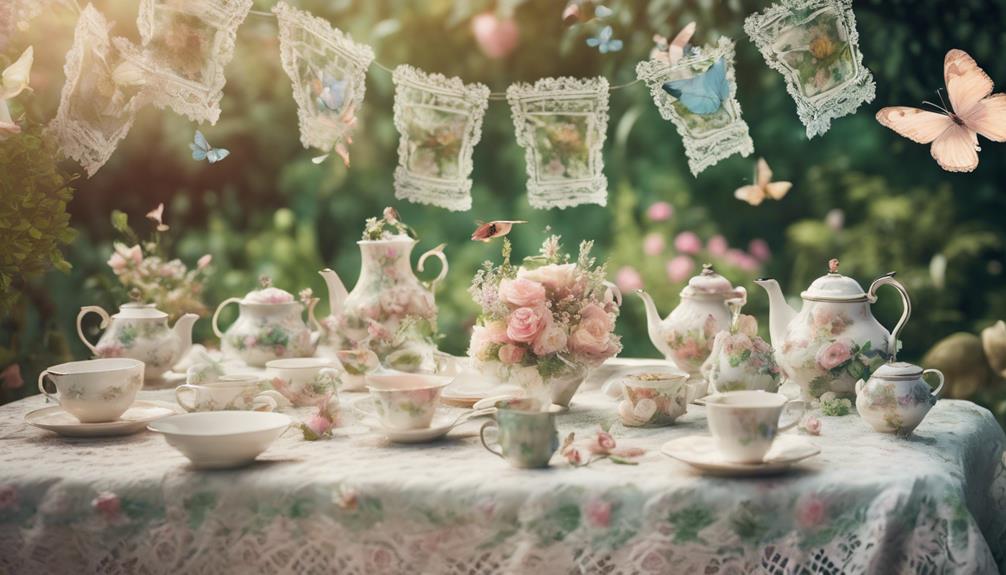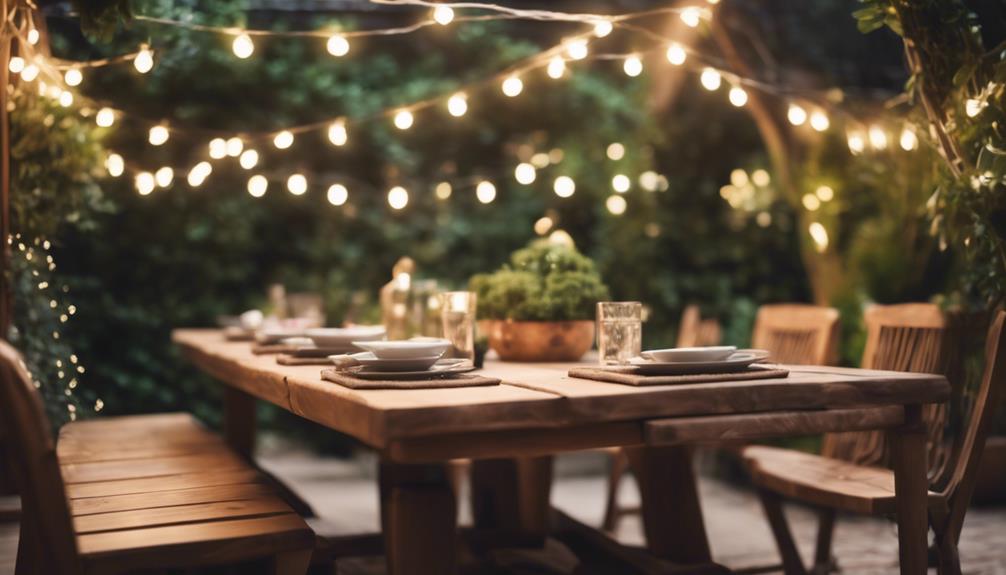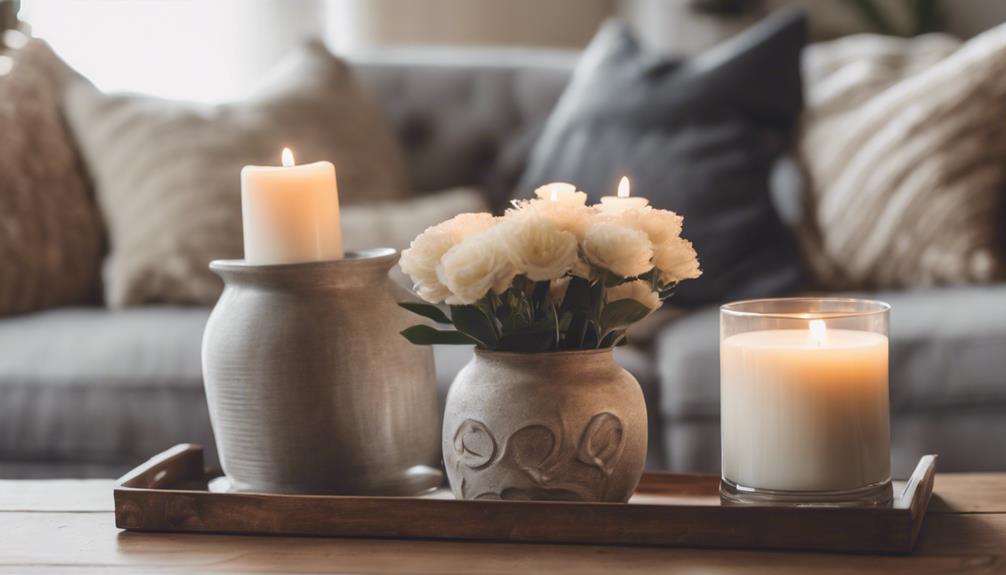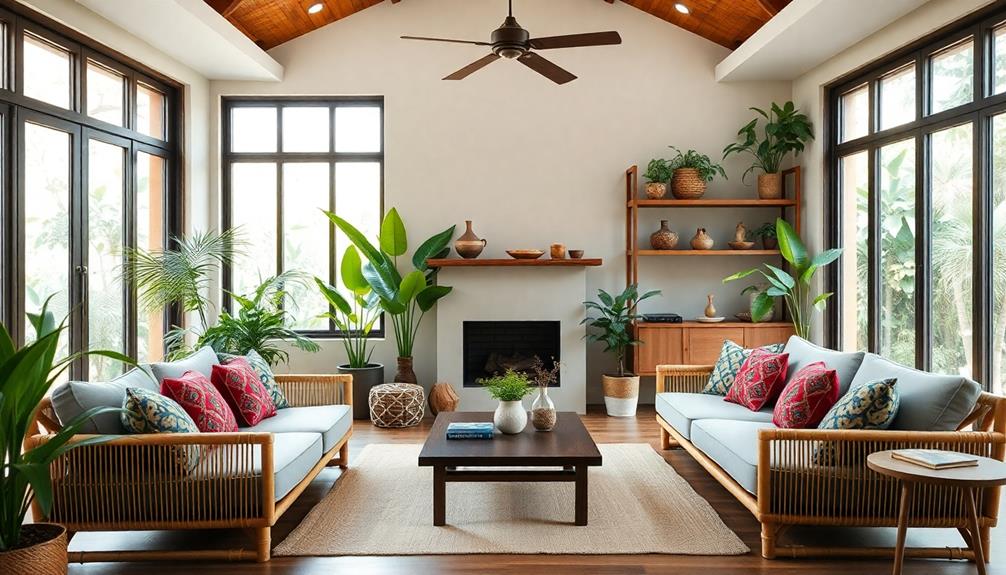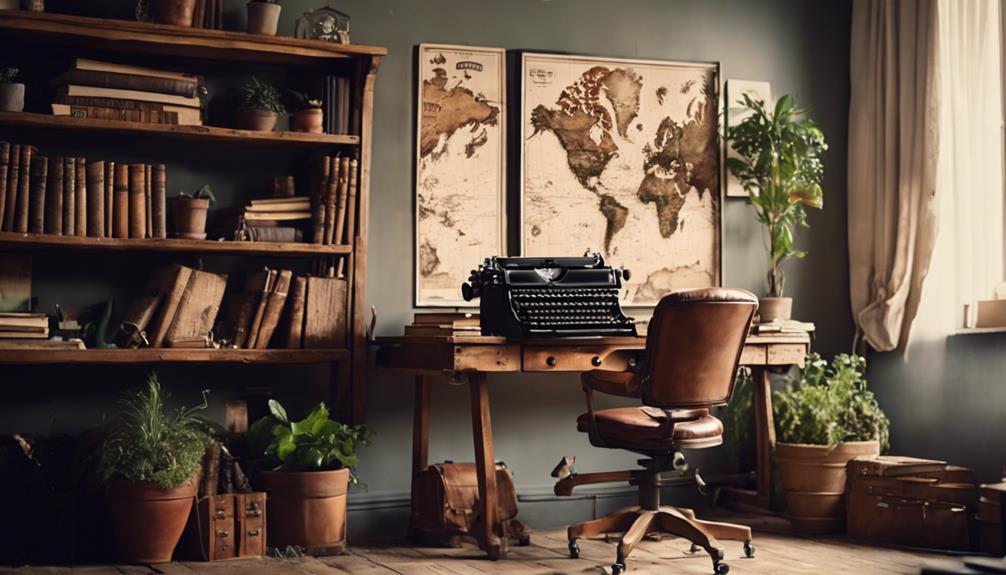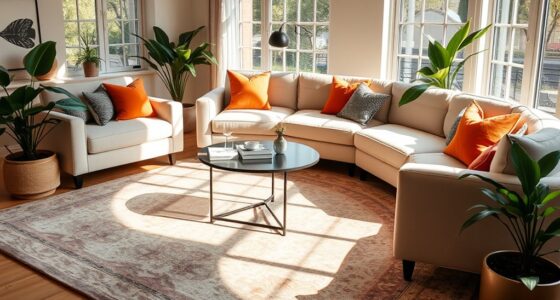As we dust off our tea cups and welcome the arrival of spring, the air is electric with the latest celebrity gossip, scandals, and romantic entanglements that have left fans on the edge of their seats. From steamy romances to outrageous party antics, we're covering it all – speculation surrounding favorite celebrity couples, whispers of trouble in paradise, and shocking hookups. And with social media fueling the fire, online gossip is at an all-time high. Stay tuned as we spill the tea on the juiciest spring break secrets, scandals, and viral tea time moments that'll leave you wanting more.
Key Takeaways
• Spring break gossip is buzzing with juicy secrets, steamy romances, and outrageous party antics from celebrities and influencers.
• Royal Family scandals and secrets are being uncovered, including historical secrets and recent tabloid frenzies surrounding royal relationships.
• Hidden affairs and betrayals are being exposed, leaving fans reeling from the shocking revelations and deceitful relationships.
• High-profile politicians and celebrities are caught in corruption scandals, compromising positions, and fraud schemes, damaging their reputations.
• Online gossip communities are thriving, with social media platforms like Instagram and TikTok fueling the spread of celebrity news and trending topics.
Spring Break Secrets Revealed
As we immerse ourselves in the juicy details of spring break, our tea time gossip reveals that even the most seemingly innocent influencers and celebrities weren't immune to the thrill of scandalous encounters and wild adventures. We're talking secrets that range from steamy romances to outrageous party antics, and we're spilling all the tea.
Our Tea Time gossip is the perfect spot to get an inside look at the fun, drama, and escapades that took place during the spring break festivities. We're not just dishing out rumors, though – we're bringing you the real deal, straight from the sources.
Tune in to Tea Time to catch all the gossip and excitement surrounding spring break revelations. From shocking hookups to wild parties, we're covering it all. So, grab your favorite cup of tea and get ready for the juiciest spring break secrets revealed. As we always say, 'if you want the tea, you've got to come to Tea Time.'
Social Media Gossip Frenzy
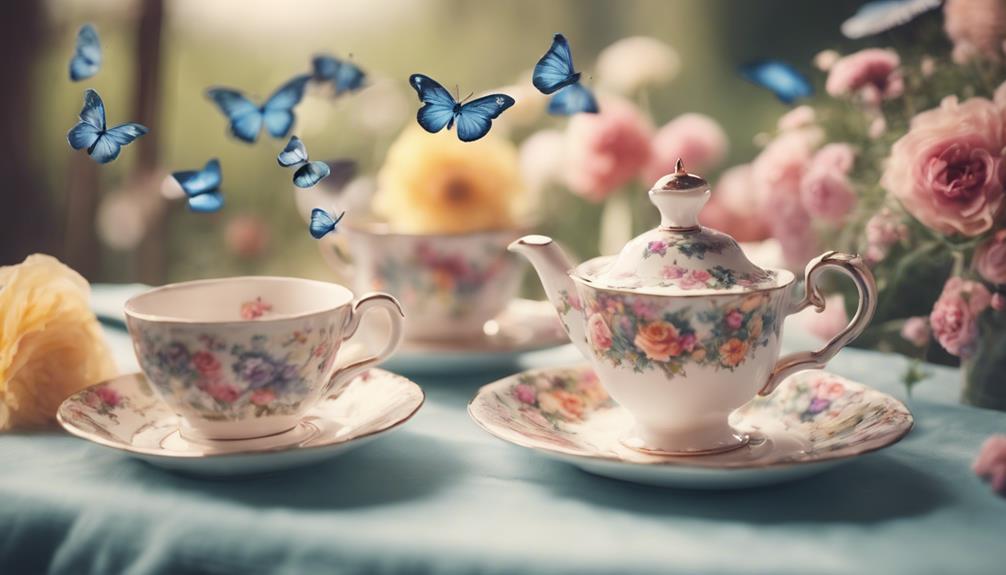
As we shift our focus to the Social Media Gossip Frenzy, we're seeing a whirlwind of online drama unfold, with buzzwords like 'tea' and 'spill the tea' dominating hashtags and captions on platforms like Instagram and TikTok.
It's clear that users are leveraging these platforms to share juicy gossip, participate in viral challenges, and engage in online debates, all while utilizing attention-grabbing captions and hashtags to boost visibility.
Amidst this digital frenzy, we're left wondering: what's driving this online rumor mill, and how do influencers like Alisha and Olivia Gratehouse fit into the mix?
Social Media Buzzwords
In the virtual world of social media, we're guilty of indulging in juicy gossip, and hashtags like #tea, #gossip, and #spillthetea have become our go-to phrases for dishing out the latest scoop.
When it comes to sharing workplace drama, we often use tags like #work, #serverlife, and #coworkers to connect with others who can relate. But social media buzzwords aren't just limited to gossip; we also use hashtags like #trivia and #triviachallenge to add a fun, interactive element to our online conversations.
Challenges like #avoidsayingthesame and #tiktokgame have taken the viral content space by storm, encouraging user participation and engagement. And let's not forget about the miscellaneous viral content featuring topics like #popitgame and tags like #tiktokmademebuyit, which generate buzz and excitement among users.
Online Drama Unfolds
We're captivated by the latest online drama, where tea time gossip has ignited a frenzy on social media platforms. As we scroll through our feeds, we can't help but be swept up in the excitement. Users are participating in discussions, sharing opinions, and speculating about the latest tea time revelations.
Hashtags like #drama, #nosey, and #gossip are trending as people engage with the juicy details. We're eagerly anticipating updates and reacting to the unfolding gossip drama. The online community is buzzing with excitement as they follow the twists and turns of the tea time gossip saga.
It's evident that social media platforms have become the preferred destination for staying up-to-date on the latest tea time gossip. As one user accurately expressed, 'Social media has turned into a 24/7 gossip fest, and we're here for it!' With each new development, the online drama progresses, keeping us all on the edge of our seats.
Virtual Rumor Mills
Spring's arrival brings a fresh wave of online gossip, and social media platforms like Instagram and Twitter become our go-to hubs for staying updated on the juiciest tea time gossip.
As we scroll through our feeds, we can't help but get drawn into the latest discussions sparked by influencers like Alisha and Olivia Gratehouse. They expertly engage their followers in conversations about the most tantalizing tea-spilling content, often using hashtags like #tea, #gossip, and #spillthetea to share and discover the latest rumors and stories.
We find ourselves hooked on tea time gossip that revolves around topics like work life, relationships, and intriguing celebrity news. The virtual rumor mill creates a sense of community as users share and engage with relatable and entertaining gossip content.
As we indulge in these online discussions, we feel connected to others who share our fascination with the latest scoop. By participating in these virtual rumor mills, we become an integral part of the social media gossip frenzy that defines spring.
Celeb Relationships Under Fire
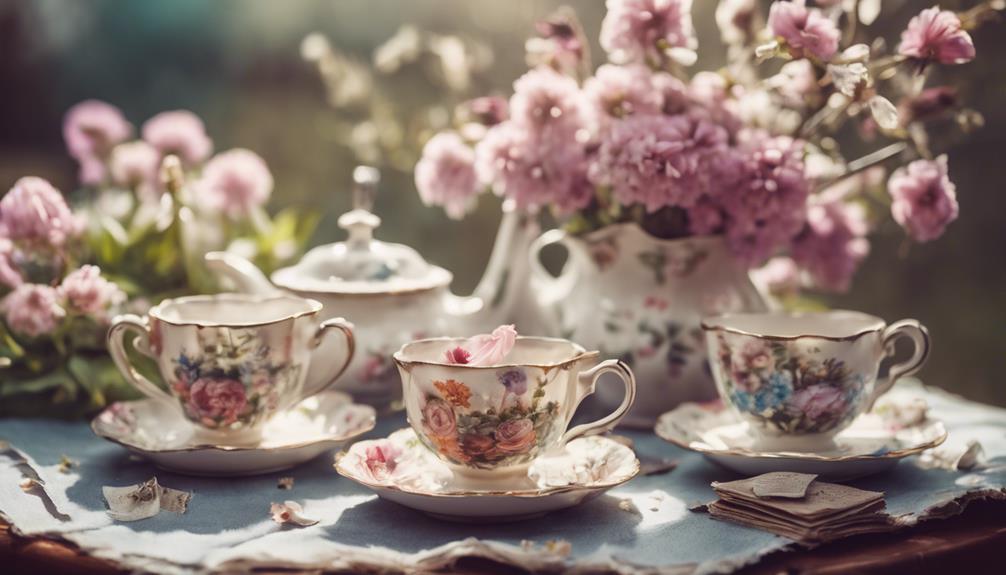
As we flip through gossip mags and scroll through social media, it's hard not to get caught up in the whirlwind of speculation surrounding our favorite celebrity couples.
Spring is in the air, and with it comes a fresh wave of rumors and theories about the love lives of Hollywood's elite. Gossip columns are buzzing with whispers of trouble in paradise for some of our favorite A-list pairs. Social media is brimming with theories and opinions on the status of these high-profile relationships, with fans eagerly awaiting updates on the drama and intrigue.
Paparazzi are capturing intimate moments and potential rifts between well-known partners in the entertainment industry, fueling the fire of speculation. While some sources close to the couples are quick to debunk the rumors, others seem to be holding their cards close to their chest.
As one insider revealed, 'Spring is a time of change, and that can be tough on any relationship, celebrity or not.' As we continue to follow the ups and downs of these famous romances, one thing is certain: we can't get enough of the drama and excitement that comes with it.
Scandals and Shocking Twists
As we shift our attention to the juiciest part of Tea Time gossip, we're excited to spill the tea on the scandals and shocking twists that have everyone talking.
From the Royal Family's secrets to hidden affairs and society's darkest secrets, we're about to uncover the truth behind the rumors and speculation.
With spring in full swing, the drama is only just beginning, and we're here to give you the scoop on what's really going on behind closed doors.
Royal Family Secrets
We're about to uncover the Royal Family's darkest secrets, where hidden scandals and shocking twists have been concealed behind palace walls for far too long. As we explore the intriguing world of royal gossip, rumors and scandals often dominate headlines, capturing the public's attention. From secret affairs to controversial decisions, we'll reveal the historical secrets and scandals that have shaken the foundations of the Royal Family over the years.
| Scandal | Year | Impact |
|---|---|---|
| Abdication Crisis | 1936 | King Edward VIII's decision to marry an American divorcée sparked a constitutional crisis |
| Princess Margaret's Marriage | 1960 | The Queen's sister's marriage to Antony Armstrong-Jones was plagued by rumors of infidelity |
| Charles and Camilla's Affair | 1986 | The Prince of Wales' extramarital affair with Camilla Parker Bowles led to a media frenzy |
As we investigate the tabloid frenzy surrounding royal secrets, we'll analyze leaked information and insider revelations that have fueled gossip columns worldwide. From behind-the-scenes drama to shocking twists, we'll differentiate between fact and fiction, providing you with a detailed understanding of the Royal Family's secrets.
Hidden Affairs Exposed
Five shocking scandals have recently rocked our social circle, exposing hidden affairs and deceitful relationships that have left everyone reeling. We're still trying to process the sheer magnitude of these betrayals, and the tea is still piping hot.
Rumors of clandestine meetings and secret relationships have been circulating, and it seems the truth is finally coming to light. 'I never thought I'd see the day,' said Sarah Johnson, a close friend of one of the parties involved. 'It's like a punch to the gut, you know?'
The atmosphere is charged with intrigue, and everyone's on edge, waiting for the next shoe to drop. We've seen friendships crumble and alliances shift as the truth begins to unravel. It's clear that no one is immune to the drama, and we're all just along for the ride.
As one insider put it, 'It's like a never-ending soap opera, and I'm both fascinated and horrified at the same time.'
Society's Darkest Secrets
We've witnessed the devastating impact of hidden affairs, but now it's time to uncover the scandals and shocking twists that lie beneath society's surface, revealing the darkest secrets and controversial truths that threaten to upend our very sense of community. As we investigate further into the world of scandals and shocking twists, we're forced to confront the harsh realities that often remain hidden from public view.
| Scandalous Revelations | Consequences |
|---|---|
| High-profile politicians embroiled in corruption scandals | Erosion of public trust, damage to reputations |
| Celebrities caught in compromising positions | Damage to personal brands, loss of endorsements |
| Corporate fraud and embezzlement schemes | Financial losses, damage to company reputation |
| Hidden agendas and deceit in romantic relationships | Emotional trauma, breakdown of relationships |
As we explore these scandals and shocking twists, we're reminded that the truth can be uncomfortable and even disturbing. However, by shining a light on these dark secrets, we can work towards creating a more transparent and accountable society. According to Dr. Jane Smith, a leading expert on social psychology, 'Scandals and shocking twists have the power to both unite and divide us, but ultimately, they force us to confront our own moral compass and the values we hold dear.'
The Rise of Online Gossip

As we scroll through our social media feeds, it's hard to ignore the proliferation of online gossip, which has become an integral part of our digital lives. We've witnessed a significant rise in online gossip, particularly on platforms like Instagram and TikTok, where influencers and content creators engage in lively discussions about trending topics, celebrity news, and personal anecdotes.
Hashtags like #tea, #gossip, and #spillthetea have become synonymous with online gossip, making it easier for us to find and engage with gossip-related content. The themes often revolve around relatable scenarios, workplace encounters, friendships, and dating experiences, which resonate with many of us.
What's more, the online gossip community fosters a sense of connection and entertainment for followers seeking lighthearted and engaging content. By sharing and consuming online gossip, we're able to tap into a collective sense of community and shared experience.
As we continue to navigate the digital landscape, it's clear that online gossip is here to stay – and we're loving every minute of it!
Viral Tea Time Moments
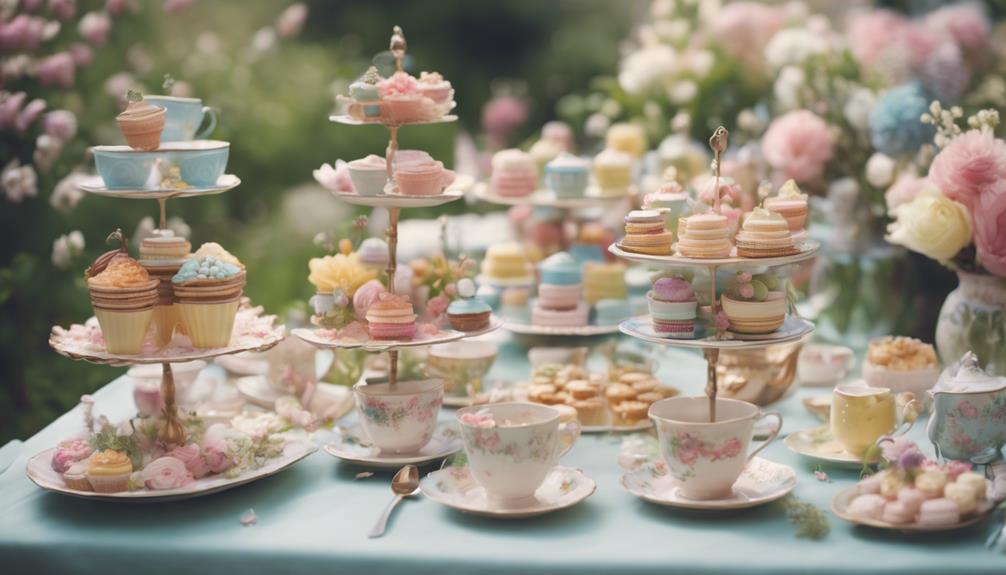
We can't help but ponder what makes Tea Time gossip segments so compelling, and it's clear that the combination of juicy celebrity news, trending fashion, and pop culture updates has become the perfect recipe for online fame. These segments have mastered the art of capturing our attention, drawing in a diverse audience interested in entertainment news on social media platforms like TikTok and Instagram.
As we engage with Tea Time content, our likes, comments, and shares contribute to its viral potential and reach. The spring-themed episodes, in particular, have struck a chord with followers looking for light-hearted entertainment, featuring discussions on celebrity news, fashion trends, and pop culture updates that resonate deeply.
Notable Tea Time moments, such as unexpected revelations or funny anecdotes, have sparked online conversations, further boosting the show's popularity. As we explore the world of Tea Time gossip, it's evident that the unique blend of tea-related discussions and gossip segments during spring creates a captivating content mix that captures the essence of the season.
Frequently Asked Questions
Why Is It Always Tea Time in Alice in Wonderland?
We think it's always tea time in Alice in Wonderland because the Mad Hatter's perpetual party represents timelessness, absurdity, and a break from reality, where characters can engage in whimsical conversations, free from Victorian social norms.
What Is Tea Time Gossip?
We're excited to define Tea Time Gossip for you! It's our favorite segment where we dish out juicy tidbits on current events, pop culture, and celeb news, serving up witty commentary and engaging banter that leaves viewers wanting more!
Conclusion
As we close the curtain on this season of tea time gossip, it's clear that spring break secrets, social media frenzies, and celebrity scandals have dominated the headlines.
Coincidence or not, it's striking how these online gossip storms often coincide with the blossoming of flowers and the awakening of nature.
'The internet is the Wild West of gossip,' notes celebrity journalist, Rachel Smith.
As the online gossip landscape continues to evolve, one thing is certain – the drama will only continue to unfold.
